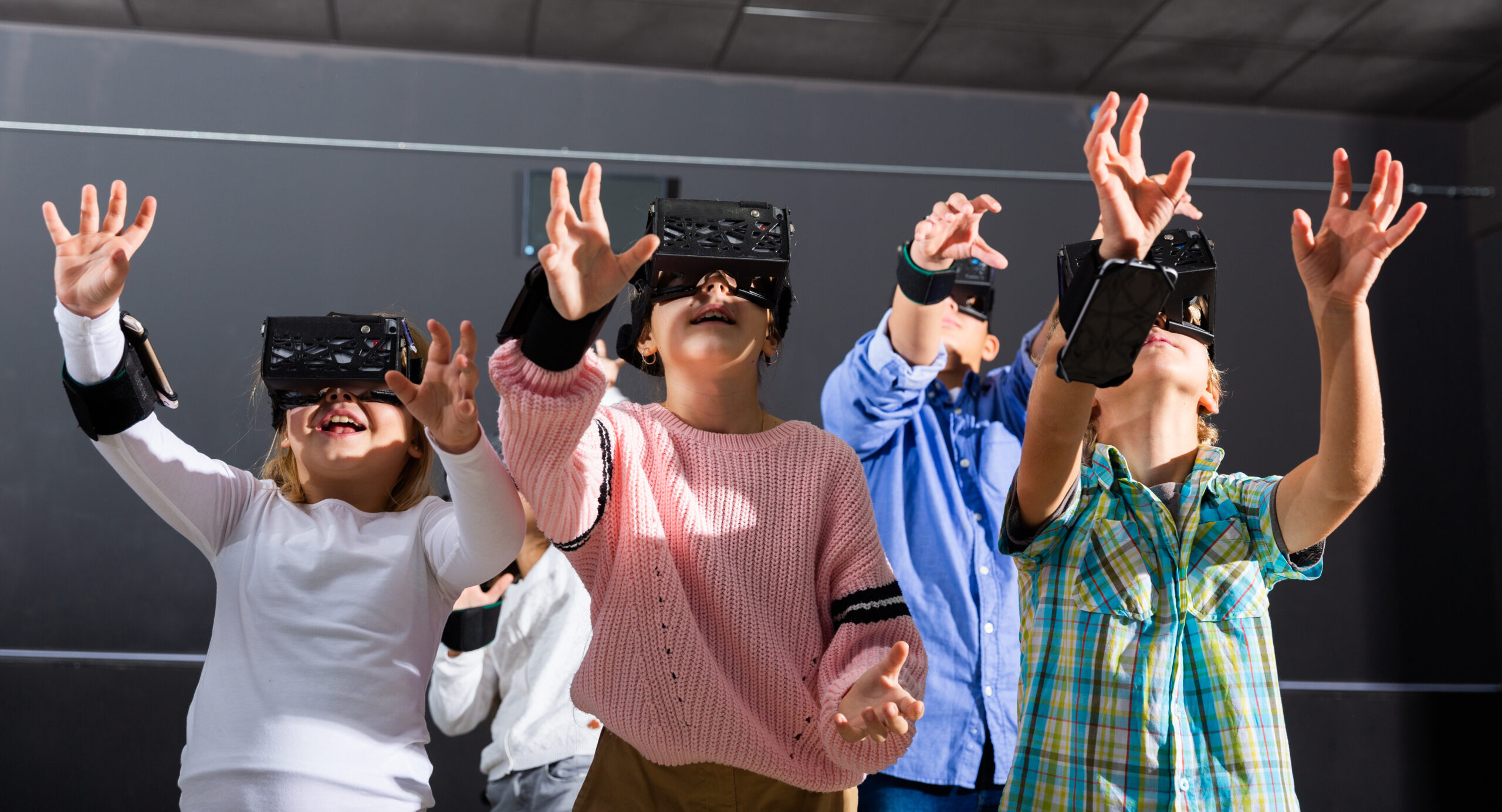Welcome to our series on today’s youth (Gen Z, principally) and how they consume media. Over the course of these articles, we’ll look at their attitudes and needs following the pandemic, some country-specific opportunities for marketers, and channels that we think shouldn’t be overlooked.
For well over a decade now, we’ve been working to reach, impact, empower and engage youth audiences. This is part and parcel of our role in higher education, but it’s equally important across every sector on the planet.
The truth is: we’re excited by the potential of young people in the current generation. Sure, their world is fast-moving, busy and sometimes confusing, but they are the people with the key to our future. For this reason, we take genuine pride in getting to know our audience. It’s a matter of great importance.
Equipped with this knowledge, we work hand-in-hand with our clients to develop campaigns, creative content, and messaging that speaks to the needs of young people.
___________________
PART 1: Post-pandemic shift
Whilst we’re nearing the other side of this seismic disruption, anxiety among the younger generation has gone through the roof — and understandably so. The pandemic arrived amidst, and undoubtedly propelled, a relative mental health crisis, one that has been felt especially hard by Gen Z. Prompted by societal pressures, the costs of living and studying, social media, and more, they have begun to question traditional school leaver journeys. So, after a fragmented and fractious last few years, what are young people after?
After speaking to dozens of students, we know there are two things they want most: freedom and a chance to be themselves.They also want greater flexibility, support, assurance and genuine value for the decisions they make the next steps they take in life.
Over the last 18 months, we’ve conducted over 50 student/prospective student surveys, focus groups and interviews to ask students what they need most in helping them decide what to do next.
Though drivers differ in every individual, we’ve distilled our findings into the following key appeals of university:
- The chance to meet new people, in-person, properly
- Mental health support
- Guidance on finances — transparency over scholarship opportunities are a big plus
- Small class sizes — face time with experts that truly care
- Genuine experience opportunities, whether that’s a year placement, a term placement, or even just industry networking events. The world of work is changing too; universities need to change with it
- The chance to explore other interests as well as your core degree.
To have success in the current youth engagement and recruitment landscape, it’s important that these things are shining through as key parts of your holistic proposition.
If not — it’s not back to the drawing board, but you will need a platform from which to grow.
Gauging brand perceptions is absolutely key at this juncture because things have moved on. What worked in Q1 of 2020 will no longer fly in 2022 and beyond.
We’re helping lots of clients to understand how they’re picked up and perceived. We do this through in-depth social listening, brand tracking and uplift studies, all linked to a clear dashboard. This not only gives us the impetus to get to work on your proposition, but helps us monitor its progress along the way.
Another thing is the increasing emergence — and importance — of measurable Diversity, Equity & Inclusion (DEI) initiatives. It’s not enough to talk the talk. Are your feet on the ground? Are you actively recruiting those from under-represented backgrounds, and inspiring them to achieve what they didn’t think was possible?
We’ve run Widening Participation campaigns and consulted a number of DEI factors to target non-traditional students. It’s all about empowering them with relevant, timely content, talking directly to their needs and, often, their concerns.
Have you noticed any other trends in the youth market recently? We’d love to hear from you.




